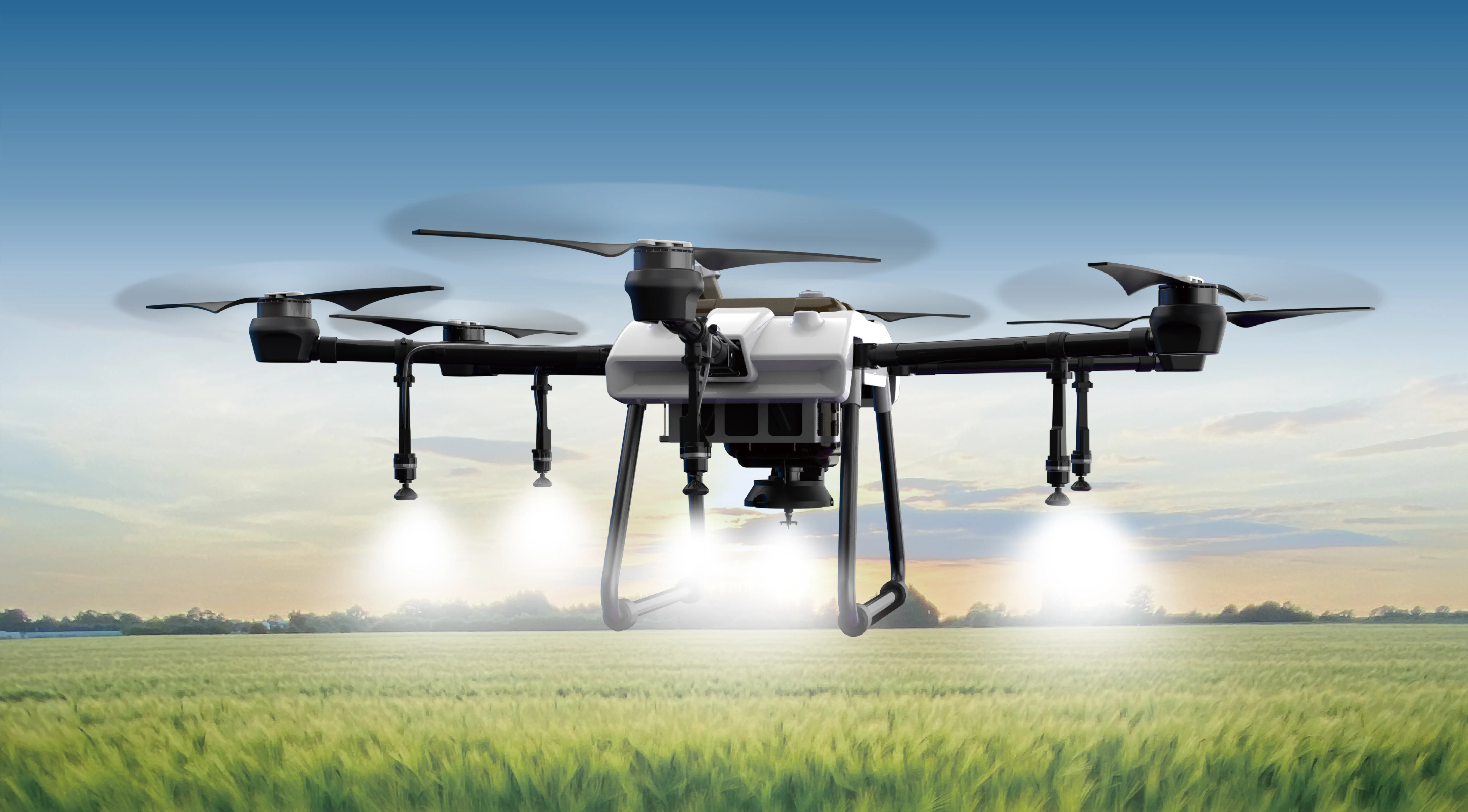Looking to take your DIY robotics game to the next level? Think about pulling in a servo motor controlled by Arduino Uno. It’s like giving your project a pair of muscles — small, precise, yet powerful enough to handle all kinds of creative moves. Whether you’re making a robotic arm, a camera gimbal, or an automatic door opener, coding for a servo motor opens up tons of possibilities.

First off, why choose a servo motor? It’s not just about spinning. No, a servo offers precise angular control—think of it like a tiny but very accurate compass that points exactly where you want. Plus, its built-in feedback loop ensures consistent movement, even when loaded down with something heavy or facing minor resistance. Imagine building a robotic hand that can grasp and release objects precisely—that’s where a servo shines.
Now, setting this up with the Arduino Uno is pretty straightforward. You connect the servo’s power and ground pins to the Uno, then link the signal wire to one of the PWM pins—pin 9 or 10 typically. Then, you write a simple sketch (that’s what we call the code) to tell it what angles to move to, how fast, and even how to respond to inputs. It’s like giving it a set of instructions — turn left, turn right, stop — almost like programming a tiny robot’s brain.
Thinking about the code? It’s really about using the Servo library, which simplifies the process enormously. With just a few lines—say, including Servo.h and attaching your servo—you can get it to swing through different angles, smoothly or with quick jolts. Want to make it move back and forth? Just loop the commands. It’s almost satisfying, like a mini dance performance, every twist and turn controlled by your script.
One question often pops up: How much load can a servo handle? Well, not all servos are the same. Some are built for lightweight tasks, while others are beefy enough for bigger projects. The key is matching the servo’s torque specs with the weight or resistance your project will face. Overloading it isn’t just bad for performance; it can damage the motor or strip the gears.
If you’re wondering about power supply, many people forget that servos often need a dedicated power source. Running them directly from the Arduino’s 5V pin might work for small tasks, but if you're pushing bigger servos, it’s smarter to use an external power supply—say, a 6V or 7.2V battery pack. Safeguarding your circuit means boosting stability and avoiding voltage dips that could mess up your whole project.
And let’s not forget the thrill of experimentation. Filling a project with little surprises—like adding sensors to detect obstacles, or integrating multiple servos for more complex actions—can make working with Arduino and servos really addictive. Each tweak opens up new doors, each line of code a tiny step toward something bigger.
Are you ready to jump into the world of servo motors with Arduino Uno? Think about the projects that get you excited. Small or big, the core idea is simple: control motion precisely, reliably, cheaply. And once you get the hang of decoding signals and tweaking your code, you’re not just soldering parts—you’re crafting something that moves, reacts, and perhaps even learns over time.
So, gear up. Connect your servo. Write your code. Watch your project come alive piece by piece. The possibilities are endless, and the satisfaction of controlling something with just a few lines of code is pretty unbeatable. Turning ideas into motion—that’s the magic that makes electronics fun without all the fuss.
Established in 2005, Kpower has been dedicated to a professional compact motion unit manufacturer, headquartered in Dongguan, Guangdong Province, China. Leveraging innovations in modular drive technology, Kpower integrates high-performance motors, precision reducers, and multi-protocol control systems to provide efficient and customized smart drive system solutions. Kpower has delivered professional drive system solutions to over 500 enterprise clients globally with products covering various fields such as Smart Home Systems, Automatic Electronics, Robotics, Precision Agriculture, Drones, and Industrial Automation.




































